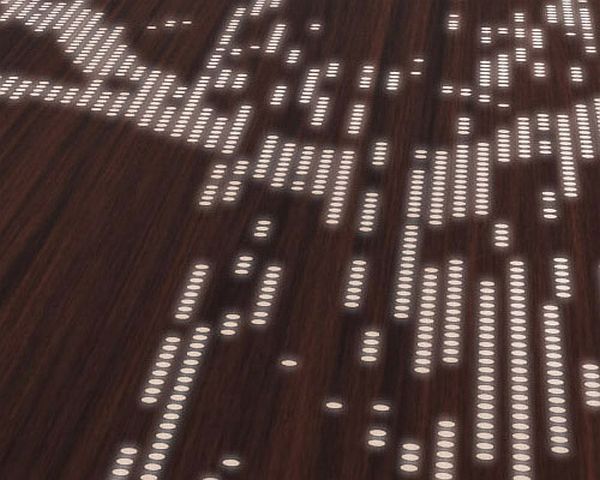
So make sure to turn its brightness to the maximum, and have a pure-white image displayed in full-screen mode. If you hadn’t understood yet, the tablet is meant to light our negative from underneath. At this stage, your setup should look something like a poor man's reprographic system. To be honest with you, this is the hardest part. The lens should be pointing straight down, and the focal plan must perfectly parallel to the glass surface, where your negative will be placed.
LIGHT TABLE NEGATIVES INSTALL
Place your tablet (or phone or laptop) on a table, install one of the two glasses on top of the screen, and have your camera on the tripod above it. The initial idea actually came from seeing this video: The goal here is to recreate a reprographic system with a light table. Now that we are clear with what we need let’s set it all up. Also, if you have everything except the macro lens, it will still cost you less than a good Epson or Imacon scanner. Some of you may be lacking the macro lens, but it can be replaced by a 50mm with extension tubes (just be careful with deformation and vignetting then). I believe these are all things you already own. Tablet, phone, or laptop, depending on the size of you negative.Two pieces of glass that are at least the size of you negative.The Gear You Need to Scan Negativesīefore we go any further, here is a list of the required gear and accessories: Much fast than an Imacon or Epson scanner. Best of all, it should only take a few minutes to digitize a few rolls of film. So while my technique remains very basic, it will cost you less than $2,000 and will yield digital files that are comparable.

If you were to buy a second-hand Imacon, it would set you back $2,000. An expensive machine but not the best around either - not as good as a drum scanner.

While I don’t have the exact model of the scanner used by the lab, I know it was an Imacon. In both examples above, the lab scan is labeled "A" on the left (less magenta in the skin tones).


 0 kommentar(er)
0 kommentar(er)
